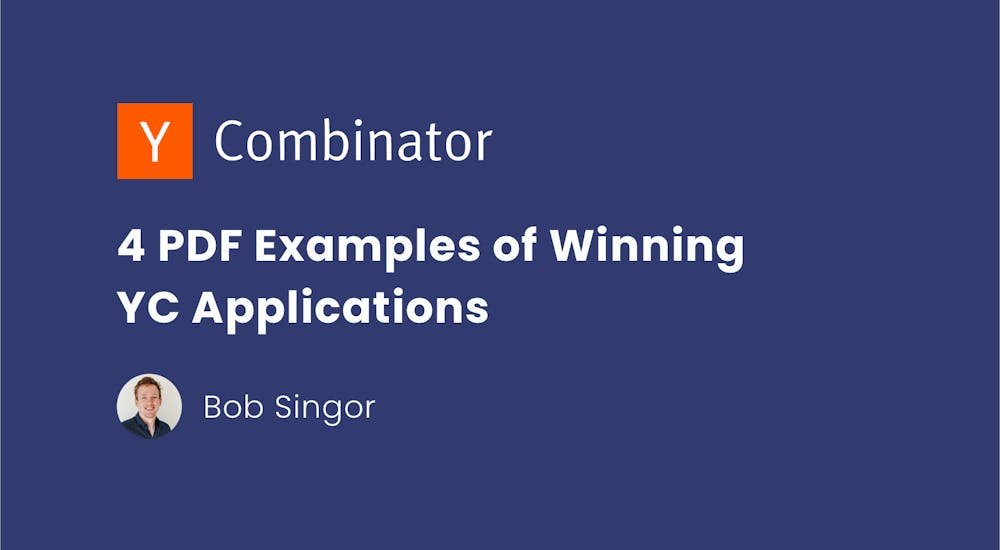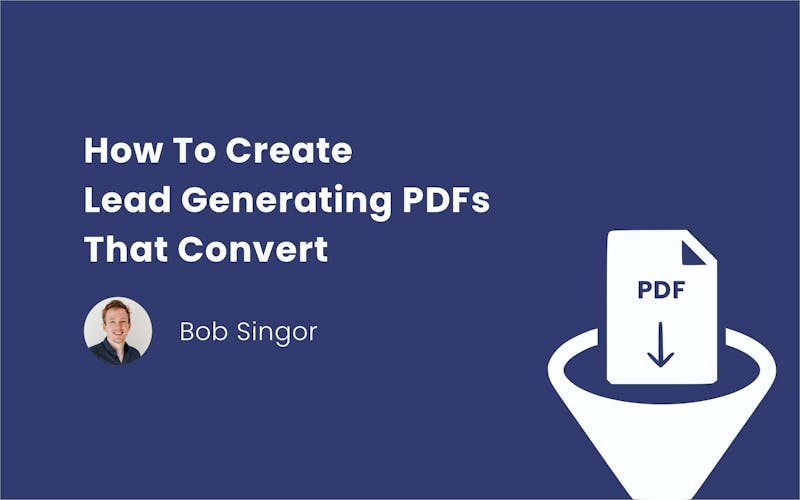
Example of YC Applications: Lessons from Dropbox, GitLab, Buffer, and Apptimize
Are you considering applying to Y Combinator's prestigious startup accelerator program? While the competition is fierce, with thousands of startups vying for a spot each year, there are steps you can take to increase your chances of being accepted. In this post, we'll share four tips for crafting a winning Y Combinator application, and we'll also take a look at four examples of successful Y Combinator applications from Dropbox, GitLab, Buffer, and Apptimize.
- Clearly articulate your vision and value proposition. In your application, you'll want to clearly explain what your company does and how it stands out from the competition. Make sure to outline the problem you're solving and how your solution is unique. Avoid using buzzwords and jargon – focus on communicating your ideas clearly and simply.
- Demonstrate traction and growth (if applicable). While it's not a requirement, demonstrating traction and growth can increase your chances of being accepted to Y Combinator. If you have customers, revenue, or user growth, be sure to highlight these metrics in your application.
- Outline your team and their qualifications. Y Combinator wants to see that you have a strong, competent team in place to execute your vision. Make sure to highlight the qualifications and experiences of each team member, as well as their role in the company.
- Be concise and to the point. Y Combinator applications are typically short, so you'll want to make sure you get your points across concisely and effectively. Don't be afraid to be bold and assertive in your application, but be careful not to oversell or make unrealistic claims.
Now, let's take a look at how four successful companies fared in the Y Combinator application process:
Dropbox
Dropbox applied to join the Winter 2007 batch of Y Combinator. At the time, the company was still in beta and had not yet generated any revenue. Despite this, the Dropbox team was accepted into Y Combinator and went on to achieve massive success in the cloud storage industry.
We've included the original YC application PDF for Dropbox below:
GitLab
GitLab applied to join the Winter 2015 batch of Y Combinator. The company had already launched and was generating $1M in annual recurring revenue at the time of the application. After being accepted into the program, GitLab established itself as a leader in the Git hosting and management space.
For a deeper look into GitLab's YC application process, check out the original YC application PDF attached below:
Buffer
Buffer is a social media management platform that was founded in 2010 and applied to join the Y Combinator accelerator program in 2011. At the time of the application, Buffer had already launched and was generating $280 in monthly recurring revenue. Unfortunately, the company was rejected at the time. However, Buffer persevered and eventually became a successful player in its space.
We've included the original YC application PDF for Buffer below:
Apptimize
Apptimize applied to join the Winter 2014 batch of Y Combinator. At the time of the application, the company had launched a private beta and was preparing to go live. After being accepted into the program, Apptimize established itself as a leading player in the mobile A/B testing space.
To see the original YC application submitted by Apptimize, check out the PDF below:
While it's always tough to be rejected, it's important to remember that even successful companies like Buffer were rejected by Y Combinator but went on to achieve great success. If you're not accepted the first time around, don't give up – keep working on your startup and refining your application. With hard work and determination, you too can become a successful Y Combinator alum.


